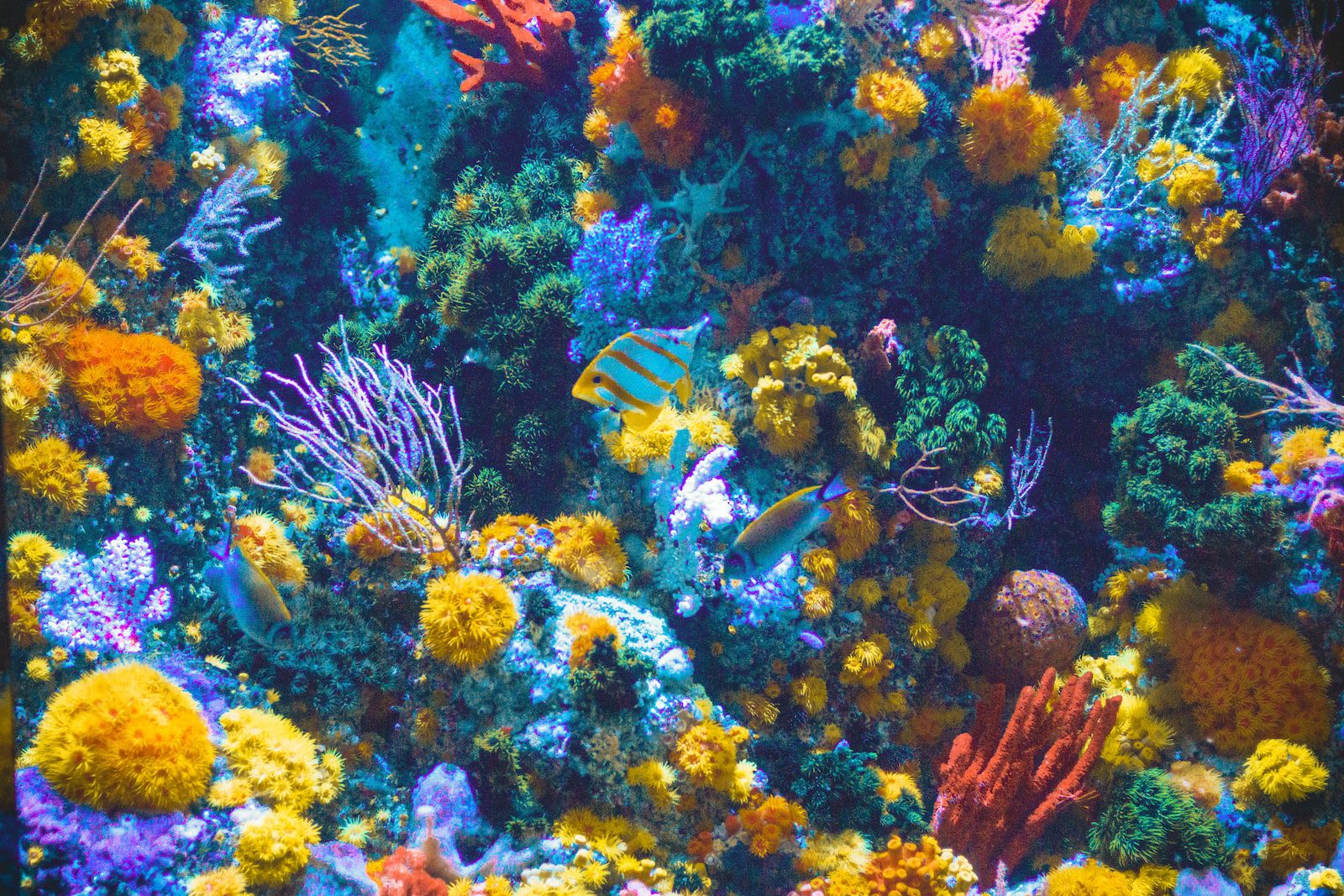
Maintaining a saltwater aquarium in Las Vegas requires a blend of dedication, knowledge, and consistent care. As the desert climate of Las Vegas can present unique challenges to aquarium enthusiasts, it’s crucial to follow a comprehensive annual maintenance routine to ensure the health, vitality, and beauty of your aquatic ecosystem. In this detailed guide, we’ll delve into each aspect of annual maintenance, providing insights, tips, and best practices tailored specifically for Las Vegas aquariums.
Water Quality Testing and Management
Regular water quality testing is crucial for maintaining a stable and healthy aquatic environment. Test water parameters such as pH, ammonia, nitrite, nitrate, alkalinity, and salinity using reputable test kits. Adjust water chemistry as needed to ensure optimal conditions for your fish, corals, and invertebrates. Aim to conduct water tests at least once every month to track changes and make necessary adjustments promptly.
An annual ICP (Inductively Coupled Plasma) test is highly recommended as part of comprehensive water quality testing for saltwater aquariums in Las Vegas. This advanced testing method provides detailed insights into trace elements, heavy metals, and other essential parameters that traditional test kits may not cover. An ICP test can detect subtle changes in water chemistry, helping aquarists fine-tune supplementation and maintain optimal conditions for coral growth and fish health. By analyzing elements such as calcium, magnesium, potassium, strontium, and iron, an ICP test allows aquarists to make precise adjustments to water chemistry, ensuring a stable and thriving aquatic environment over the long term.
Equipment Maintenance and Inspection
Inspect all aquarium equipment, including filters, pumps, heaters, and protein skimmers, for proper operation. Use vinegar or citric acid to remove calcium from pumps and other equipment. Check for any signs of wear or malfunction and address issues promptly to prevent disruptions in your aquarium’s ecosystem. Additionally, calibrate equipment such as temperature controllers and dosing pumps to maintain optimal performance.
Heaters
We maintain hundreds and hundreds of Las Vegas Aquariums. One of the major issues is heater failures. No heaters last. Some, like titanium heaters, last longer. Either way because of the relative low cost of a heater, and dramatic issues when one dies, we recommend changing your heater annually.
Stray Voltage
We recommend checking for stray voltage at this time. Saltwater is corrosive and electronics don’t mix well with water.. Because of that we suggest checking for any stray voltage. You can use this guide to do so
Algae Management and Control
Algae growth is common in saltwater aquariums and requires proactive management. Scrub algae buildup from glass panels, rocks, and decorations using a dedicated algae scraper or brush. Introduce algae-eating organisms like hermit crabs, snails, and grazing fish to help control algae growth naturally. Monitor nutrient levels and light intensity to prevent excessive algae blooms and maintain a balanced ecosystem.
Coral Care and Maintenance
Coral health is paramount in a reef aquarium. Regularly inspect corals for signs of growth, coloration, and tissue recession. Trim overgrown corals carefully to maintain proper spacing and prevent shading of neighboring corals. Ensure adequate water flow and lighting levels tailored to the specific requirements of each coral species to promote growth, polyp extension, and vibrant coloration.
Fish Health Monitoring and Quarantine
Observe fish behavior, appetite, and appearance regularly to detect any signs of illness, stress, or aggression. Quarantine new fish additions before introducing them to the main aquarium to prevent disease transmission and ensure compatibility with existing tank inhabitants. Maintain optimal water parameters, provide a varied and balanced diet, and create a stress-free environment with ample hiding places and territories for fish to thrive.
Filter Media Replacement and Cleaning
Replace filter media, such as activated carbon, filter pads, and bio-media, according to manufacturer recommendations to maintain effective water filtration and water quality. Clean filter intake and output components regularly to prevent clogging and ensure smooth water circulation throughout the aquarium. Rinse mechanical filter media in tank water to remove debris and organic matter without disrupting beneficial bacteria colonies.
Substrate Care and Cleaning
Regularly siphon and clean the substrate to remove uneaten food, fish waste, and detritus that can accumulate over time. Use a gravel vacuum or siphon to target areas with debris buildup, ensuring thorough cleaning without disturbing beneficial bacteria populations in live sand or gravel beds. Avoid over-stirring the substrate to prevent nutrient release and potential water quality issues.
Lighting Optimization and Adjustment
Inspect and clean aquarium lighting fixtures, including bulbs, reflectors, and timers, to ensure consistent and adequate illumination for photosynthetic organisms. Adjust lighting schedules and intensity based on the light requirements of corals, algae, and other photosynthetic inhabitants. Use a light meter or PAR meter to measure light intensity and ensure proper light penetration and distribution throughout the aquarium.
Pest and Nuisance Control
Monitor the aquarium for common pests and nuisances such as Aiptasia anemones, bristle worms, and unwanted algae species. Implement appropriate control measures, such as manual removal, natural predators, or targeted treatments, to manage pest populations and maintain a balanced ecosystem. Avoid overfeeding and excess nutrient input to minimize pest outbreaks and maintain water quality.
Record Keeping and Analysis
Maintain detailed records of water parameters, maintenance activities, livestock observations, and any changes in the aquarium’s ecosystem. Analyze trends, identify potential issues, and make informed adjustments to optimize the health and stability of your saltwater aquarium over time. Use aquarium management software or a dedicated logbook to track data and create a comprehensive maintenance schedule for ongoing care and monitoring.
By following this comprehensive annual maintenance guide tailored for Las Vegas aquariums, you’ll create a thriving and visually stunning aquatic environment that showcases the beauty of marine life while promoting the well-being and longevity of your aquarium inhabitants. Consistent care, attention to detail, and a proactive approach to maintenance are key factors in achieving success and enjoyment in saltwater aquarium keeping.


